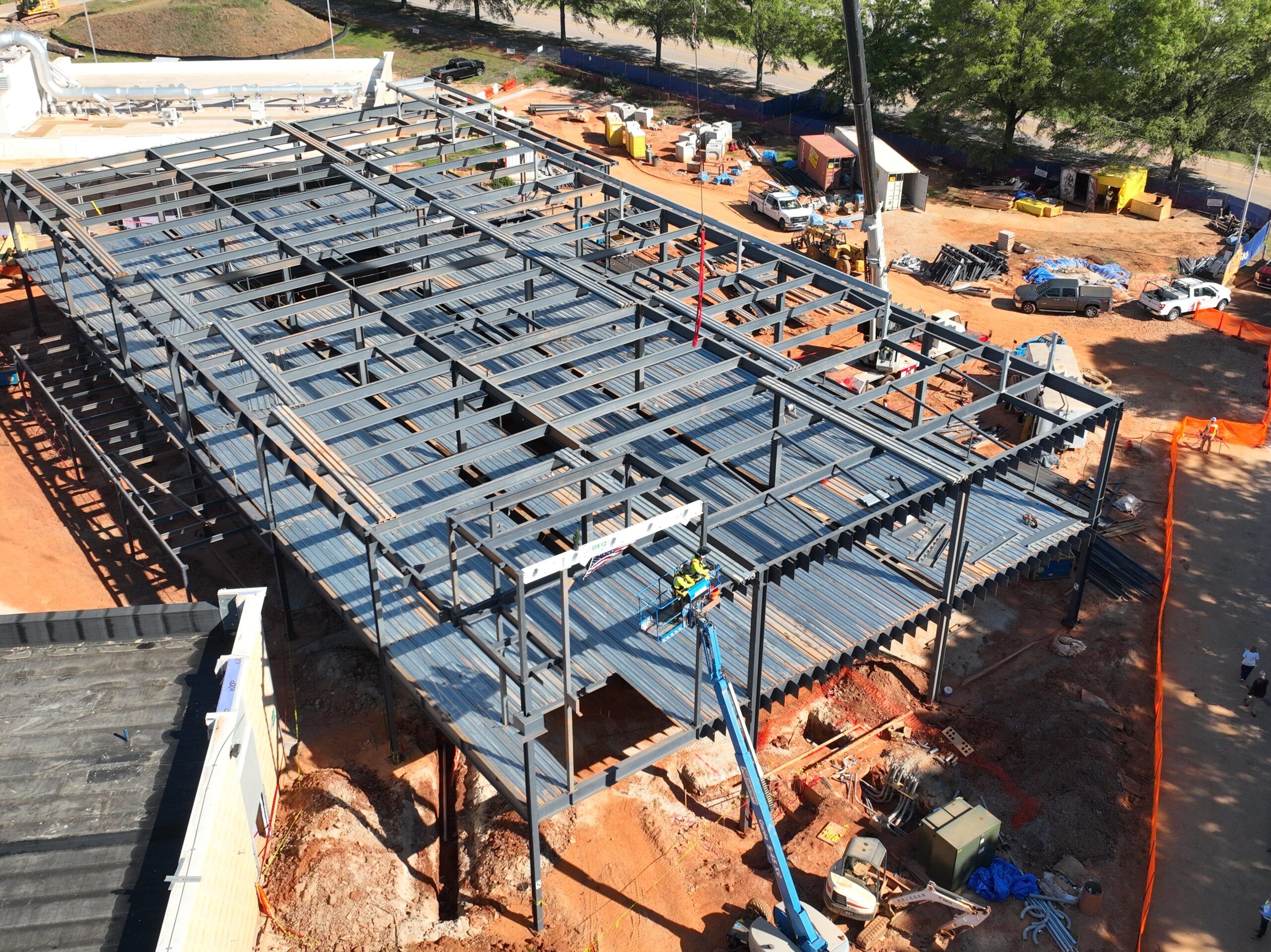An effective traffic management plan is crucial for maintaining smooth and safe transportation systems. Such a plan helps reduce congestion, improve safety, and enhance the overall flow of traffic. It involves organizing various strategies to address traffic issues and ensure all road users can travel efficiently. A well-thought-out plan is essential in busy cities like Sydney or during special events to prevent accidents and delays.
We will guide you through seven critical steps to develop a successful traffic management plan. These steps cover everything from identifying needs to implementing solutions.
1. Understand Traffic Rules and Regulations
In cities like Sydney, the traffic laws and guidelines every traffic management plan must follow are strict. One must know these guidelines first before developing a strategy. The key authorities controlling traffic in Sydney are Roads and Maritime Services (RMS) and Transport for NSW (TfNSW). They suggest traffic management policies, road signage, and speed restrictions.
When you develop your plan, make sure it conforms to these rules. Sydney, for example, has exact guidelines for temporary traffic signs and detours during road building. Knowing these specifics will enable you to avoid legal hotlines or fines.
Further, ensuring your traffic control plan aligns with Sydney’s road safety policies is crucial, as it is meant to lower traffic congestion. Working with a traffic management plan consultant can benefit this process, as they are familiar with these rules and can guide you through developing a compliant plan.

2. Conduct a Thorough Traffic Impact Assessment
A traffic impact study is required before implementing a traffic management strategy. This evaluation examines how your event or project will impact nearby traffic, including assessing public transportation paths, pedestrian flow, and traffic load, which is where traffic management services become essential.
The evaluation should also consider peak hours when the traffic is heavy. For instance, the morning rush hour between 7:30 AM and 9:30 AM is among the busiest periods on Sydney roadways. Considering these factors will enable you to spot traffic congestion and plan accordingly. Early resolution of these problems helps you design a more effective strategy that reduces the disturbance of road users.
3. Collaborate with Local Authorities
Collaboration with local authorities is crucial when creating a traffic management plan, especially in Sydney. TfNSW and RMS are important players who must approve your proposal. Working closely with them guarantees that your proposal complies with the traffic rules and laws.
This phase also includes sending your traffic management plan for inspection. The authorities will see whether your scheme satisfies all operational and safety criteria. The New South Wales Police Force could also be consulted, especially if your project requires road closures or significant traffic diversion. Working together will help you guarantee a safe and flawless execution of your plan.
4. Account for Public Transport Network
Many cities, including Sydney, boast a large public transit system with boats, trains, and buses. Developing a traffic management plan requires carefully considering how your project or event may impact public transportation options. Disruptions to train or bus routes can cause delays and annoyance for commuters.
Ensure your plan precisely details any modifications to public transportation services. If road closures or detours are required, work with Transport for NSW to notify the public beforehand. This clarifies things and lets commuters arrange several paths. Further, ensure your plan offers safe access to buses and other public vehicles to minimize unneeded delays.
5. Ensure Safety for Pedestrians and Cyclists
Urban cities boast an increasing number of bicycles and walkers. Their safety should be the first concern while developing a traffic control plan. For instance, several districts in Sydney, including the Central Business District (CBD), have a lot of foot activity. Your plan must include designated lanes for bikers and safe pedestrian crossing areas.
If your project spans a crowded region, consider adding temporary pedestrian crossings. Make sure cyclists’ paths are free of obstacles and signposted. Sydney has set aside cycleways that your plan shouldn’t disturb. Paying attention to the demands of bicycles and pedestrians will help you design a more efficient and safer traffic control system.
6. Use Advanced Traffic Control Systems
Sydney and other advanced cities have adopted technology to help with traffic control; your approach should follow suit. Smart traffic signals and real-time traffic monitoring are two examples of advanced traffic management systems that might help to govern traffic flow more properly. These systems modify traffic signals through sensors depending on present traffic circumstances.
Including such technology in your plan will help ease traffic congestion and increase traffic movement efficiency. Smart traffic lights, for example, can maximize signal timing to reduce waiting times at intersections. Real-time monitoring also helps you react quickly to any unanticipated traffic problems, maintaining the flexibility and effectiveness of your plan.
7. Develop a Clear Communication Plan
Communication is key to the success of any traffic management plan. In Sydney, it is essential to inform road users, pedestrians, and public transport users about changes to traffic conditions. This can be done through various channels, such as social media, road signage, and public announcements.
Your communication plan should clearly outline when and where road closures, detours, or other traffic changes will occur. Sydney drivers and commuters rely on accurate and timely information to plan their journeys. By keeping the public informed, you can reduce disruptions and ensure a smooth transition while implementing your traffic management plan.
Conclusion
Creating an effective traffic management plan requires careful consideration. Following these seven fundamental steps will produce a well-rounded and effective plan. Always remember that minimizing traffic disturbances and guaranteeing the safety of every road user depend mostly on effective planning and communication.












